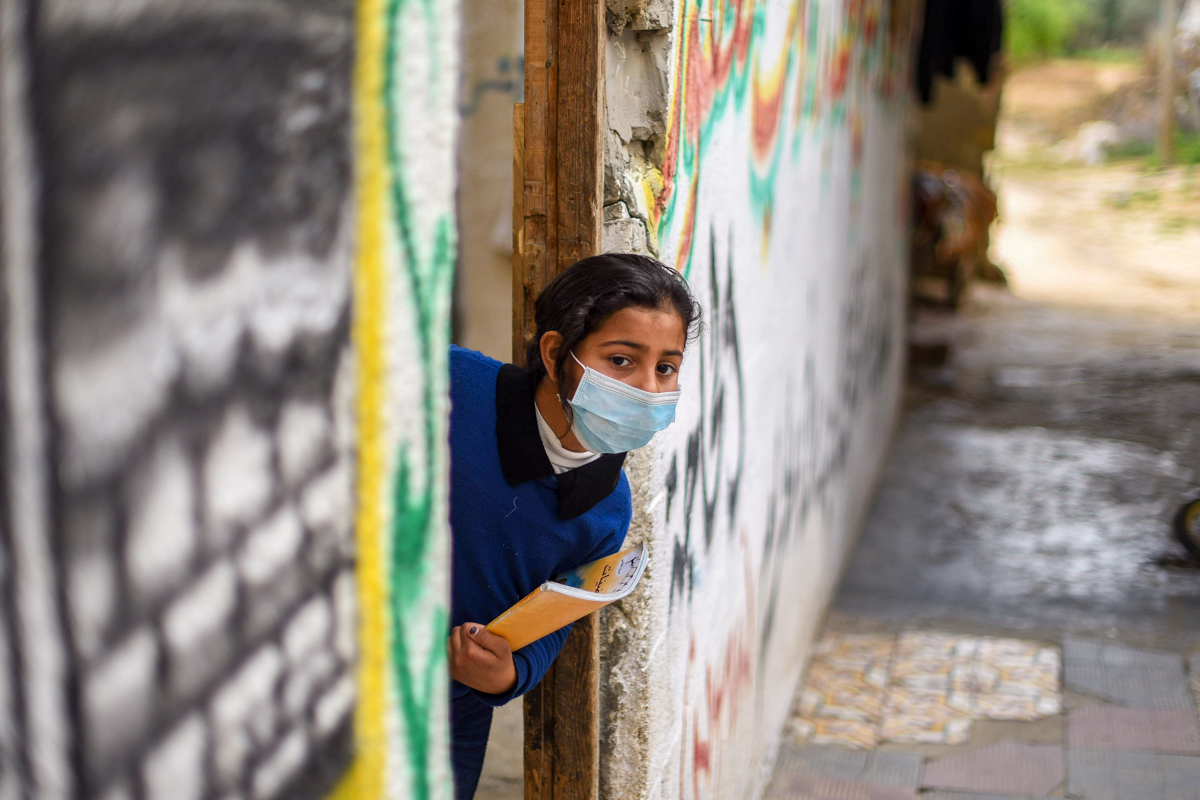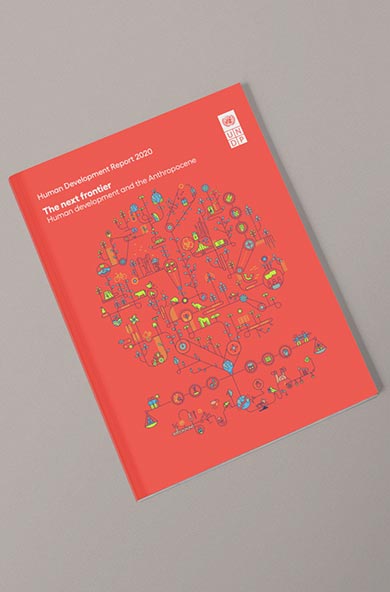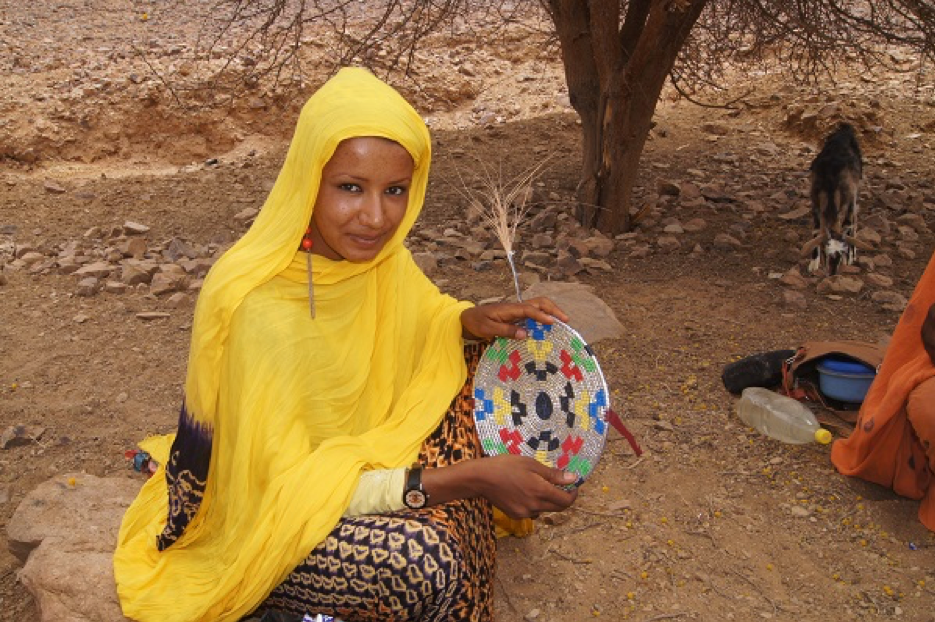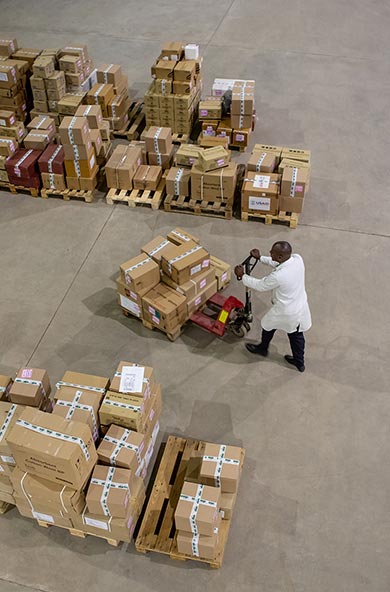The cost of the prolonged conflict in Yemen is paid by most Yemenis. The extreme poverty, steep economic decline, displacements, and lack of basic medical services abound in a country deemed as one of the world’s worst humanitarian crises. But the biggest price Yemenis pay is the widespread planting of mines across the country which will continue to impact the 31.8 million Yemenis for years to come.
Since 2018, according to the Civilian Impact monitoring Project (CIMP), over 1,800 civilians have been injured or killed in Yemen's explosive Remnants of War (ERW) – 689 of whom were women and children.
One who paid a tragic price was Essa, aged 21 years, a shepherd and farmer from Mocha in Taiz. Essa and his family were living in their peaceful village, living and working on a small farm. That was until he and his family were forced from their home when the fighting reached their area – turning his once peaceful home into a frontline of the conflict.
After several months and the dust from the battle settled, Essa and his family were able to return home to try to rebuild their lives and heal from the long-lasting effects of displacement.
Quickly after the return, Essa resumed working his farmland. He initially planted flowers, hoping to grow some beautiful blooming plants as blossoms hope for the community. Unfortunately, he did not realize that something else had been planted before his family’s return to the land: anti-personnel mines.
One fateful day in 2017 as Essa was heading to his farmland, he stepped on one. Passed out, he was rushed to the hospital in an attempt to save his life. Although he could not remember what happened, when he woke, he was devastated to realize that he lost his left leg in the blast.
But Essa was not the only one to be injured or killed. Sadly, there had already been five people killed and 10 others injured, as well as tens of vital livestock – the only means for some villager’s income. And there would have likely been more had the Yemeni Executive Mine Action Centre (YEMAC) – with support from the United Nations Development Programme (UNDP) – not been immediately notified and taken swift action.
Mine survey and clearance teams were quickly deployed to the area. YEMAC teams cleared hundreds of mines and unexploded ordnance (UXOs) in the area. They also began extensive awareness-raising campaigns in the community with teams deployed to raise villager’s awareness around mines and UXOs. They taught about avoidance of the UXOs and proper reporting channels. Their quick and effective work clearing the land and educating the community helped ensure the 300 inhabitants, including 200 internally displaced people (IDPs), and livestock were safe from continued fatal explosives.
The roads leading to water sources and around damaged schools and homes were once again safe for Essa and the villagers. "Once UNDP and YEMAC heard about this incident, they responded immediately and removed the landmines from the area, opening the way for civilians to live a life free of fear," says Essa.
In 2021, with support from UNDP and its international partners, 200 YEMAC mine action professionals – 17 of whom were women – were trained in non-technical survey (NTS), explosive ordnance disposal (EOD), and improvised explosive device (IED) disposal. This resulted in the clearing of 73,930 mines and UXOs (of which 25,876 were destroyed) from an area of nearly 4.5 million square meters. Additionally, more than 5.6 million people were reached through Explosive Ordnance Risk Education (EORE) activities with 391 victims benefiting from YEMAC support.
Through these collective efforts across Yemen, people and communities – as well as livestock and agriculture – will be able to thrive in safe and secure areas to begin to rebuild the country for a brighter future.
***
Since 2017, UNDP Yemen and its partners the Yemen Executive Mine Action Centre (YEMAC) and the Yemen Mine Action Co-ordination Centre (Y-MACC) have been developing the national capacity to respond to the threats posed by explosive hazards, assist in the restoration of basic services, facilitate access to infrastructure, reduce injuries and fatalities, provide access for the delivery of humanitarian aid, and support government and national mine control institutions through the Emergency Mine Action Project.

 Locations
Locations

















